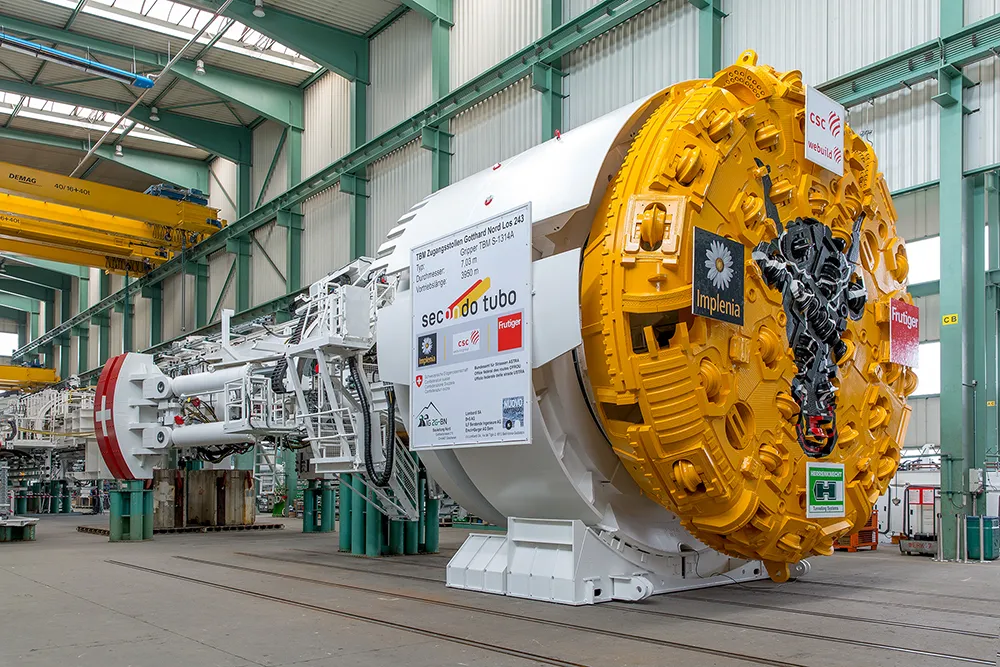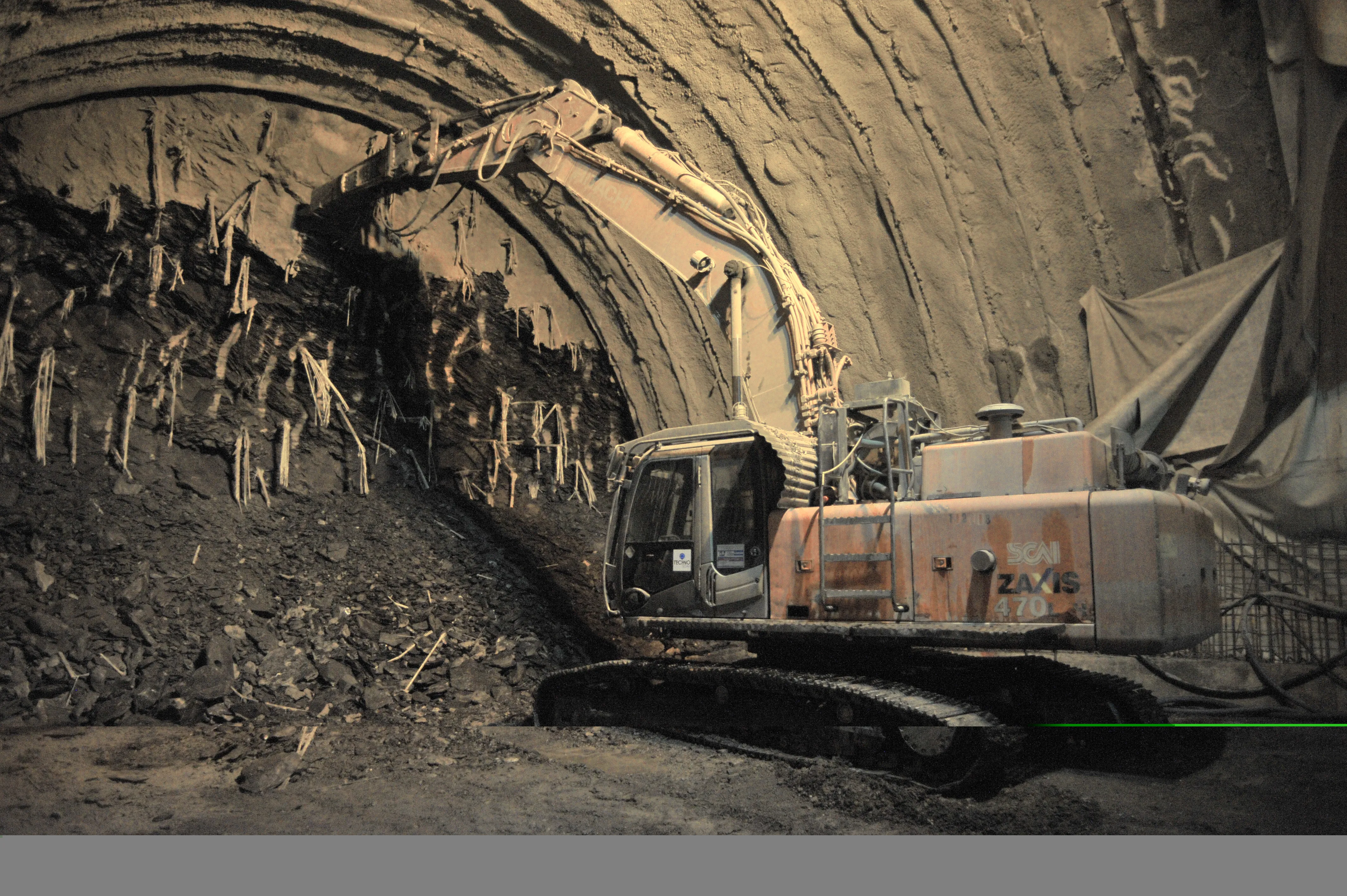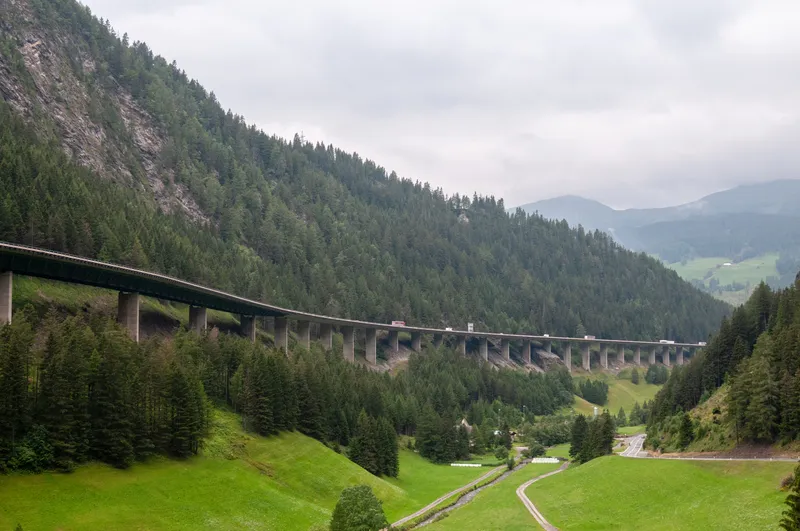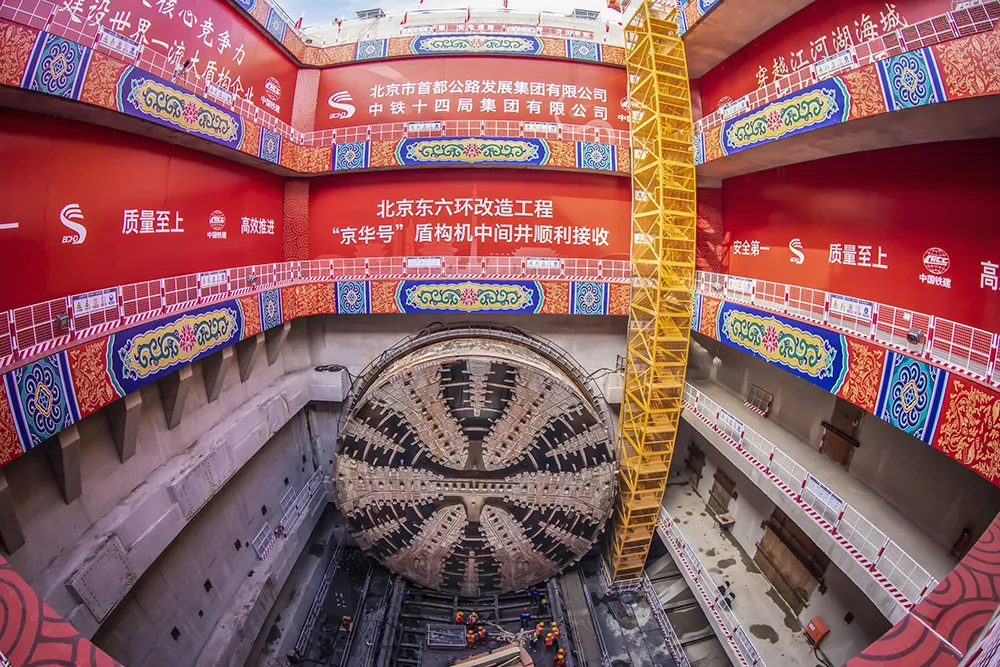
The new tube is needed due to the growth in traffic since the original bore was built. Around 16,000 vehicle/days pass through the 16.9km Gotthard road tunnel. It is a key link for European north-south traffic through the Alps. It runs between Göschenen in the Swiss canton of Uri and Airolo in the canton of Ticino. The Swiss Federal Roads Office (ASTRA) is tackling the necessary age-related repairs after long-term and careful planning.
Following its technical acceptance, the machine will now be dismantled and the components transported to the construction site in Airolo (Ticino). There, the TBM will be reassembled so that the personnel from Marti Tunnel can start driving the main tunnel from the south as planned from March 2025. According to preliminary geological investigations, the tunnel builders expect a geological fault zone in both the north and south of the planned route for the main tunnel. Due to the rock characteristics, the decision was made to excavate the two fault zone sections using conventional blasting before starting the mechanised main tunnel drive. In order to reach the fault zones in the mountain, access tunnels were driven through the rock. For the access tunnels, mechanized tunnelling technology was also used. Marti Tunnel successfully completed the excavation of the southern access tunnel with a Herrenknecht Single Shield TBM in August 2023. The machines for the main tunnel will later be pulled through the two fault zones that have already been excavated.









